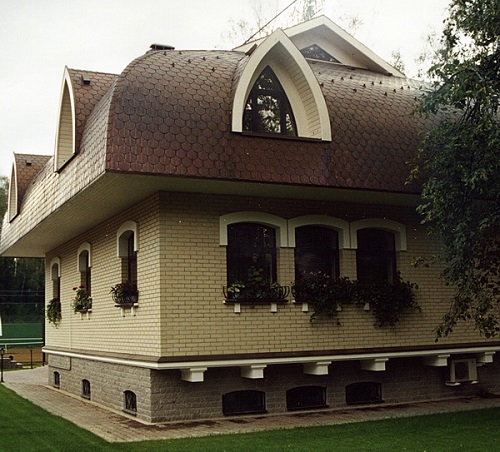
Recently, very promising material today is gaining more and more popularity - the soft roof of tegol. This is an Italian brand of bituminous tiles, which, although it appeared on the Russian market quite recently, has already managed to win well-deserved love and recognition among consumers.
This bituminous tile for a variety of species can satisfy the most demanding consumer. There are seven different models in her arsenal, and the color scheme includes up to two hundred colors and shades. Not surprisingly, it is sometimes difficult to make the right choice from such a variety. Let's look at the features of this roofing material together, find out what are its main advantages over others, and also analyze the stages of preparation for coating with this material and determine the way it is laid.
Content
The structure and structures of tiles Tegola
A distinctive feature of this type of roofing material is that it is a multilayer material consisting of three layers. The first layer is the foundation, the second is the connecting link between the two layers, and the third is responsible for the "appearance" of the tile.
The most important layer that the Tegol tile has is its reinforcing layer, which consists of fiberglass. This type of material is produced using specially developed technology, which was born thanks to the company TEGOLA. This company has developed a technology that has significantly improved the various technical characteristics of fiberglass. At this company, fiberglass has a strength of more than three times in comparison with analogues of other companies.
The second layer, traditionally, is a binder layer, which consists of two types of different bitumen, as well as an additional binder. In this tile, bitumen is used from Venezuela, and the other is of domestic production. They are needed to give the product proper moisture resistance, greater elasticity to the entire coating, and are also responsible for its fire safety.
The upper layer is a special granulate from basalt, which is further divided into three types: medium, small and large. The difference in size is justified by the fact that when using a different type of granule, the granules themselves form more tight bonds between themselves, thereby creating a fairly dense structure, which in the future should protect the roof tile from water and other possible adverse effects. As an added bonus, this layer perfectly protects against the negative effects of solar ultraviolet radiation.
As for the difficulties associated with laying the roof of the roof of Tegol, then such theoretically simply can not exist. The material has sufficient flexibility, easy to install, and most importantly its weight is very small, which allows you to do the job pretty quickly.

It is imperative to keep in mind the fact that the most extreme temperature at which tile installation is still possible should be +6 C or higher. If before starting work, it will be much lower than the recommended one, then bitumen will simply harden. Therefore, to prevent this from happening, its temperature will have to be constantly maintained with a special building hair dryer.
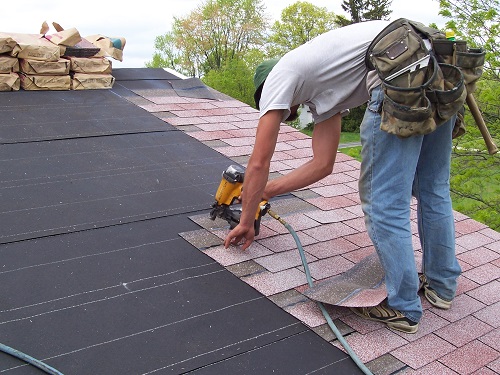
Like most roofing materials that are used for laying on the roof, flexible tiles can be laid out in consecutive rows that should start from the lower edges of the roof. The entire first row should be formed from elements on which there are petals with truncated shapes. But the subsequent rows, the second and third, it is already possible to impose "overlap".
In order to keep the roofing material more reliable, special roofing nails can be used. Such nails should firmly adhere the previous sheet and the top. But at the same time, you need to monitor the gaps between the sheets. They, as a rule, should not exceed 2 millimeters.
The installation procedure with this roofing material will be described here a little later. The main thing to remember is that you need to start first of all with smaller slopes, and only then gradually rise to the roof ridge. If protrusions are formed on the ridge end of the roof, they must be secured with nails on the other hand, and the tile must be bent.
The use and advantages of the Tegol roof
Tegola roofing has proven itself very well in roofing, and it is used not only for the erection of roofs of country houses, but is also used in administrative buildings, office buildings, as well as other commercial and residential properties.
For the most part, it is used in pitched roof structures, which suggest complex structural features. Depending on the manufacturers' companies, there is a wide selection of different colors and shapes on the market: such as “honeycombs”, “beaver tail”, and, of course, in the form of a simple rectangle.
Tiles of this type have several advantages. It can be used for roof decoration in almost any weather conditions.
The main characteristics by which this type of material can stand out from the rest:
- excellent frost resistance, can withstand temperatures up to -600 degrees without any loss in operational properties;
- indicators of heat resistance are also at an altitude, the material is not subject to deformation and melting processes even at the highest temperature thresholds;
- with the correct installation of the tiles, a unique resistance to various loads associated with the wind is provided;
- high performance in terms of impact resistance, even under the influence of hail, the coating remains intact and not damaged;
- moisture resistance characteristics are at a very high level.
This material has also proven itself well even in cases when a sharp temperature drop occurs.
Environmental friendliness and practicality of the material is confirmed by many test tests. The soft roof of Tegol is safe, since there are no harmful substances in it, and even if they appear, they are not collected at all on its surface.
As for its aesthetic properties, then here it is not inferior to its competitors.
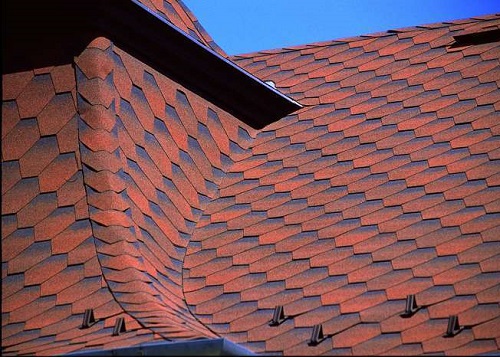
Since the staining processes occur even at the stage of applying the layers, the tile is completely not subject to such an unpleasant process as fading. And this means that she will be able to please her with a beautiful view for a very long time, over the years!
Well, one of its most important characteristics is that it is easy in the process of laying on the roof of the roof. This means that this will be possible not only for professionals, but also for those who first try themselves as a builder.
We calculate the cost of the roof
It is also excellent in this material that, if necessary, soft tiles can be easily cut and shaped into such a shape that is necessary. If the task suddenly arises to fit the elements to each other, then this will not cause any difficulty.

It is worth paying attention - that the cut was the most accurate and “clean” it is necessary to use a knife with a special hook-shaped blade when fitting.
To calculate the required amount of roofing material, you can use the following method:
First, we calculate the total roof area (at the same time, round the result to tenths of a square meter).
In order to determine the packing of the tiles, go to the company’s website, select the tile brand - tegola roofing and read (or go to the building materials store and ask the consultant).
After we divide the number of area by the obtained figure and round the result to the nearest whole, this will be the number of packages we need with Tegol tiles.
For example, we decided to cover a roof slope of 13 sq.m. tile "Tegola Gothic" with a packaging of 3.45 sq.m. packaged.
Perform division: 13 / 3,45 = 3,77
We get that we need to purchase 4 packages of Tegola Gothic tile.
If all the preparatory work has already been carried out, as well as all the calculations related to the quantity of the required material, then installation of the roof from the Tegol tile can already be started.
Roof marking for laying a soft roof
In order for the tile laying to be smooth, of course, you must first mark the entire base carefully:
- You can use for marking the cord, which will need to be rubbed with chalk.
- Then we draw the main line, which is approximately 20 centimeters distant from the cornice line. This line must be absolutely parallel to the main line on which the ridge part is mounted.
- Where there should be a middle, select it on the main line, and then from this point it will be necessary to draw two arcs, approximately the same radius, and where these arcs intersect, establish a point.
- After that, connecting these points together, you can safely draw the central line of the ramp, which will run vertically. It is also necessary to draw another one from this line, at a distance of 12 centimeters (parallel to the first).
- And already starting from the drawn baseline, you can draw the remaining parallel lines, right down to the very top of the roof.

Not all types of tile can be laid as described above. But you can not worry about this, since the manufacturer usually puts along with the goods instructions on how to do everything right.
Waterproofing properties of tiles
Even. in spite of the fact that this roofing material is not inferior to many in characteristics, but even superior in some ways, it is still necessary to take care of the waterproofing layer (just in case).
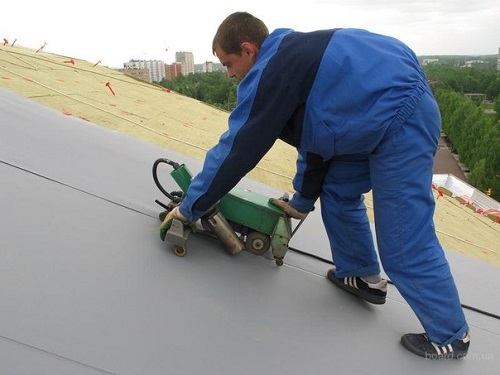
For good tightness of the insulating layer, special bitumen membranes can be used as such (as the manufacturer himself advises), despite its outstanding performance characteristics.
Waterproofing is fixed using special bitumen mastic. And in order to keep the design long and reliable, some use a metal roller
Some types of Tegol soft tiles do not require any waterproofing or other layers at all, since they already have an adhesive layer with excellent adhesion characteristics.
Methods for laying tiles
When laying this type of tile, no special skills are required. Stacking is quite simple, it is only necessary to follow a certain algorithm.
First, we lay the first row of tiles, which should be pre-trimmed, at certain points of the cut;
The stripes, which turned out to be 19 centimeters wide, are laid along the entire eaves, but along the main line. In this case, the bottom layer is best fixed for reliability with mastic.
To fix the upper edge well, you can use roofing nails, which will have a wide hat.
Indent from the top at about 5 centimeters, and then drive 4 nails.
The next step is laying the rows from the bottom up, but not directly one to the other, but with a slight offset.
Be sure not to forget to fasten each sheet of tile with nails (at least 4).

It is worth paying attention to the risks that are applied to the tile. This is necessary so that it is easy enough to complete the alignment of all rows at offset.
In cases where the styling has already reached the upper ridge, then the horizontal sheet (or vertical) lying on the edge must be bent and fixed on another slope.
In order to better fit the tiles, you can use a building hair dryer for a stronger hold.
Due to its versatility, ease of installation and installation, as well as high characteristics in many respects, the growing popularity of this type of roofing material is explained.
Thanks to its high performance characteristics, the Tegola tile became so popular. The roof of this tile is being built quickly, and it will serve you for a long time, not one year!

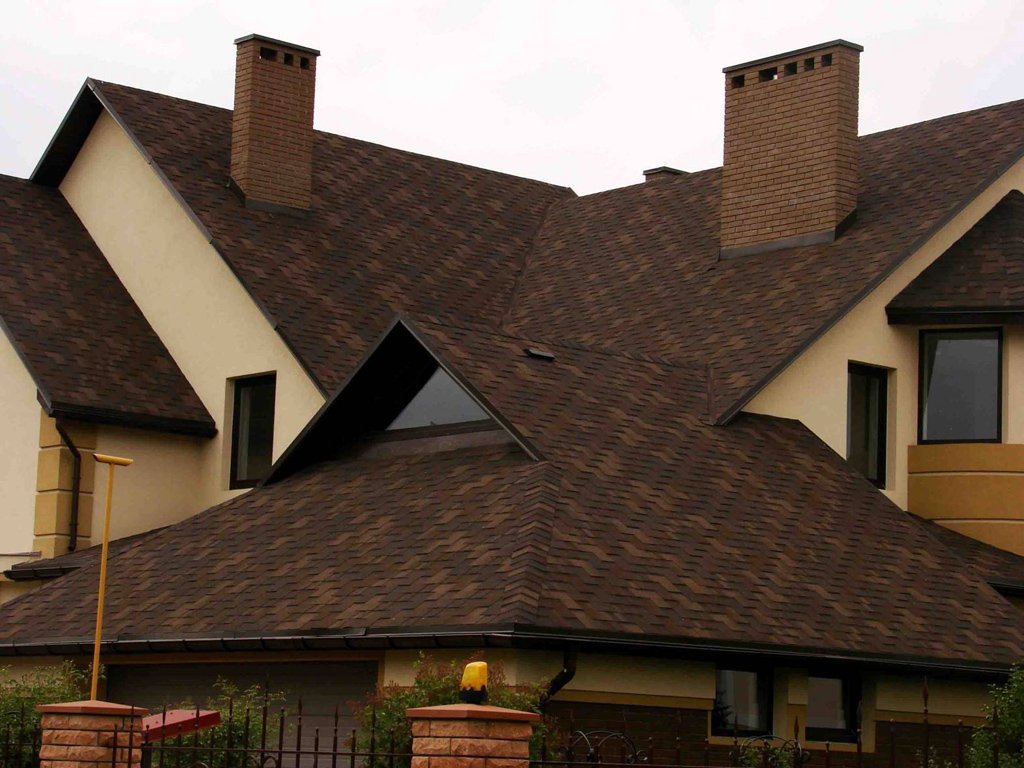



Alas, no comments yet. Be the first!